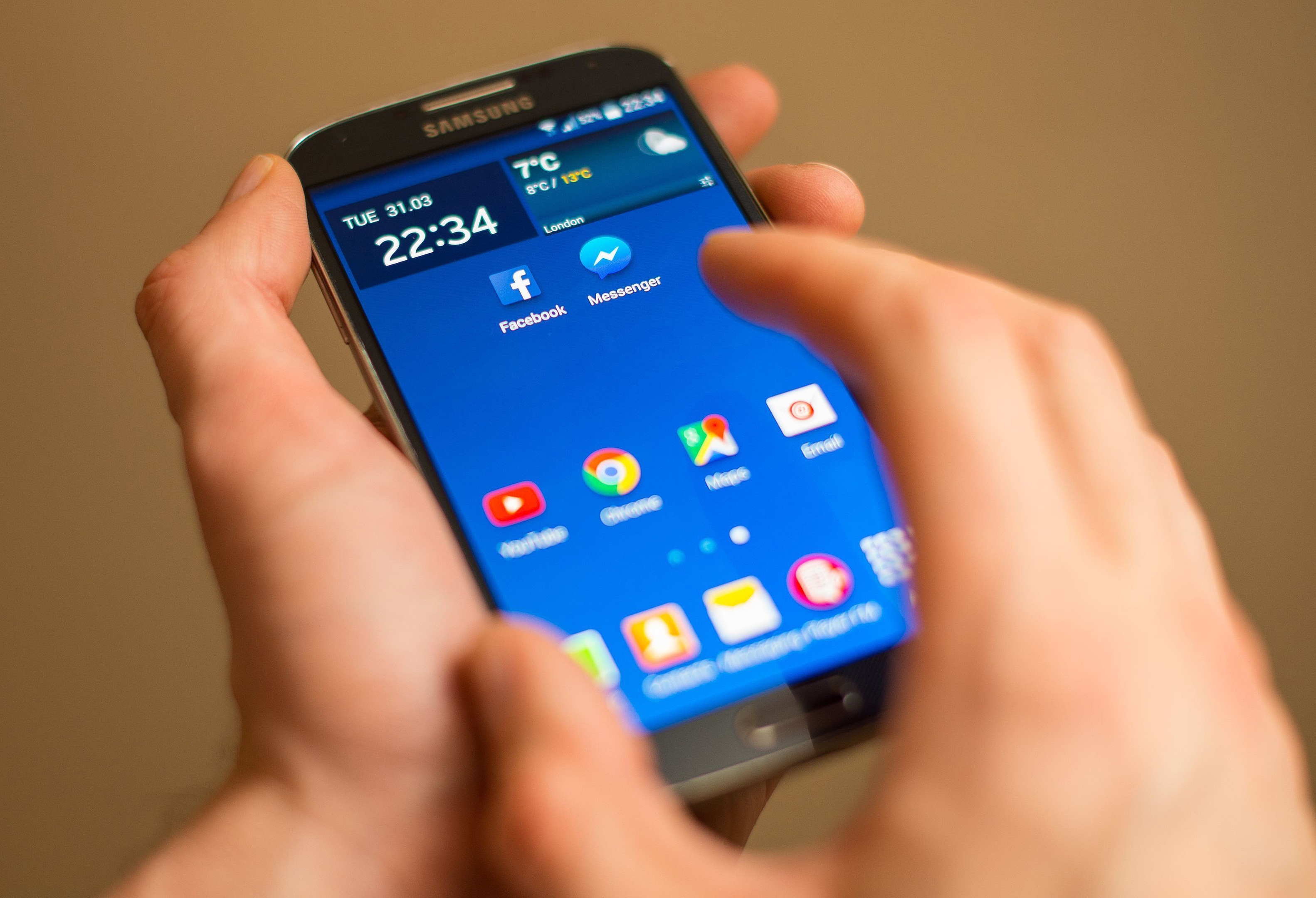
LOYAL mobile phone customers are being charged up to £38 a month for handsets they have already paid for if they remain on expired fixed deals, a consumer group has warned.
Citizens Advice found three of the four largest mobile phone providers – Vodafone, EE and Three – continued to charge customers extra for a handset after it had been paid off as part of their fixed deal.
The advisory service said the networks were overcharging these loyal customers an average £22 a month and up to £38 for contracts with high-range handsets such as the iPhone 7, the Galaxy S8 or Xperia XZ Premium, and warned that consumers could find themselves paying £46 a month extra for the iPhone8 256GB model.
Many mobile phone users take out a contract with the cost of the new handset included in the overall price of the fixed term deal, with the majority paid off on a monthly basis over two years.
At the end of the fixed term contract consumers can stay with their network on the same contract, take out a new contract or switch to another provider.
But Citizens Advice found that customers of Vodafone, EE and Three who stayed on the same contract when their fixed term deal ended were still charged the same amount as when they were paying for the handset.
The study found that those aged over 65 were the most likely to be caught out, with 23% of this age group on a handset-inclusive deal remaining on it for more than 12 months past the end of the fixed contract, compared with 13% of under-65s.
Overall, 36% of people with a handset-inclusive mobile phone contract stayed on it beyond the fixed period, with 19% staying in the same contract for more than six months afterwards.
Citizens Advice has called on all providers to reduce their customers’ bills when they stay in the same contract past the end of a fixed deal to reflect the expired cost of the handset.
It wants providers to separate out the cost of a handset from the cost of the service to give customers clarity, adding that this would also allow consumers to compare the price of contracts more easily.
Citizens Advice chief executive Gillian Guy said: “Some of the largest mobile phone providers are routinely overcharging their loyal customers.
“It is clearly unfair that some phone providers are charging loyal customers for handsets that they have already paid for.
“It’s especially concerning that older customers are more likely to be stung by this sharp practice.
“Phone providers must now make sure that any customers staying in a contract past the end of a fixed deal have their monthly bill reduced to reflect the cost of the handset.
“Providers could make it much easier for consumers to compare prices by separating out the cost of handsets from the cost of services like data and minutes for all contracts, that way it would be much clearer what they’re paying for.
“It’s important that Ofcom and the government are prepared to protect consumers by making providers take these steps, if they do not do so themselves.”

Enjoy the convenience of having The Sunday Post delivered as a digital ePaper straight to your smartphone, tablet or computer.
Subscribe for only £5.49 a month and enjoy all the benefits of the printed paper as a digital replica.
Subscribe